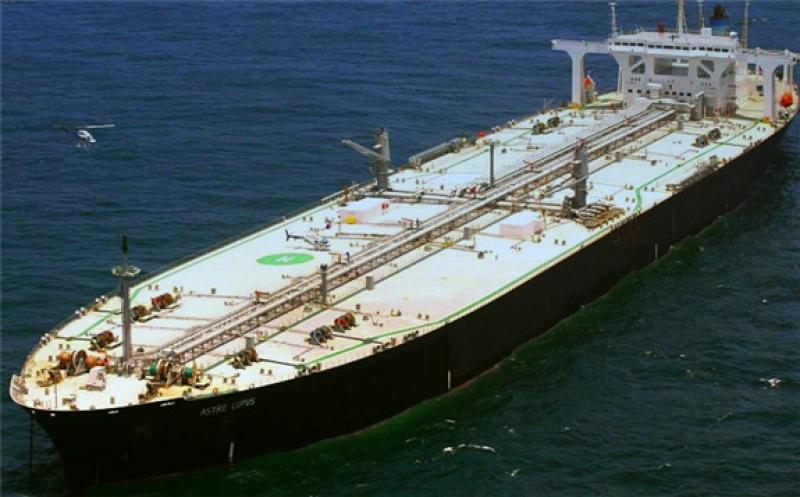Owners of the largest crude oil tankers stand to gain from the recent OPEC’s decision to increase production. In its latest weekly report, shipbroker Gibson said that ‘so, after several weeks of behind the scenes talks and political wrangling, the OPEC+ alliance has once again found a way forward in its quest to manage oil supply. The disagreement centered on production baselines from which OPEC+ cuts were assessed, with the United Arab Emirates (UAE) feeling its baseline had been set too low and demanding an increase, with a compromise eventually being found. The final agreement gave the UAE much of what it sought and paved the way for the group to supply an additional 400,000 b/d crude every month from August until December, which has already helped cool oil markets and give hope that the tanker markets might finally start to show a gradual improvement”.

According to Gibson, “the new monthly production levels will cumulatively add 2 million b/d through to the end of the year, with the plan for 2022 still to be determined. In fact, there is around 3.8 million b/d of cuts still to be unwound after December. The new agreement also extends the groups supply management pact by eight months compared to the previous deal. However, nothing is set in stone. With OPEC+ extending its working agreement until the end of 2022, the group has signalled its intent to manage production levels in response to changing demand dynamics, which could lead to both upwards and downwards revisions. The primary driving force will be the path of the pandemic and with many Western economies putting their successful vaccination programmes to the test, the next few months will be key in determining whether high vacciation rates can fend against renewed movement controls. Supply driven factors also need to be considered, including additional supplies from Iran or Venezuela, should sanctions relief be attained, or rising output from non-OPEC+ sources. Then, there is the issue of discontent within the group itself, namely that of quota allocations whose members collectively hold 6.35 million b/d of spare capacity”.
The shipbroker added that “under the terms of the deal, the UAE which has invested heavily in recent years to increase its production capacity gets to increase output by 332,000 b/d starting in May 2022. It also allows Saudi Arabia and Russia to increase volumes by 500,000 b/d each from their baseline, while Iraq and Kuwait will be allowed a 150,000 b/d rise each. However, the saga may not be over yet with both Nigeria and Algeria now also seeking to adjust their own baselines higher making the next OPEC+ meeting on the 1st of September one to monitor closely”.
Gibson added that “despite the increased production, OPEC+ output is still likely to fall short of demand for their crude. Indeed, the IEA reported that OPEC+ production during June was 40.9 million b/d, which was 1.4 million b/d below the call on its crude for the month. The IEA also highlights that despite increased production ambitions, some members may be unable to increase output significantly. They highlight that Russia has never pumped anywhere close to its baseline of 11 million b/d, its highest level of crude oil output was 10.6 million b/d in December 2018, whilst production in countries like Angola and Nigeria has also been under pressure in recent years. Nevertheless, OPEC+ production increases are always music to tanker owners ears. Assuming production levels increase across the member states, then demand for the larger sized tankers is anticipated to increase, albeit gradually. As always, it’s all eyes on OPEC”, Gibson concluded.